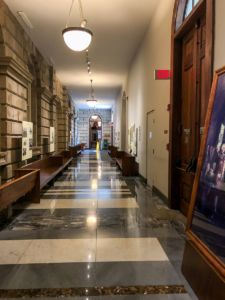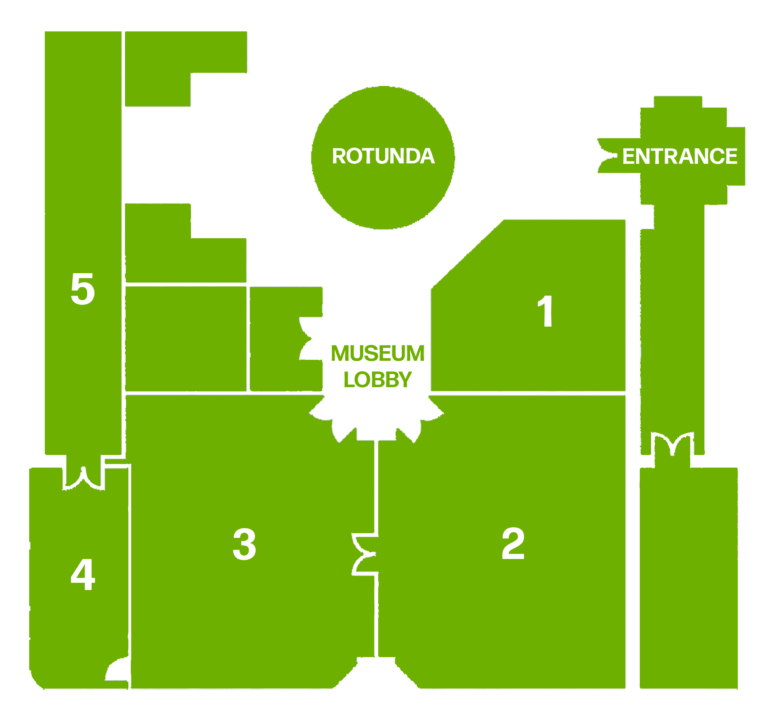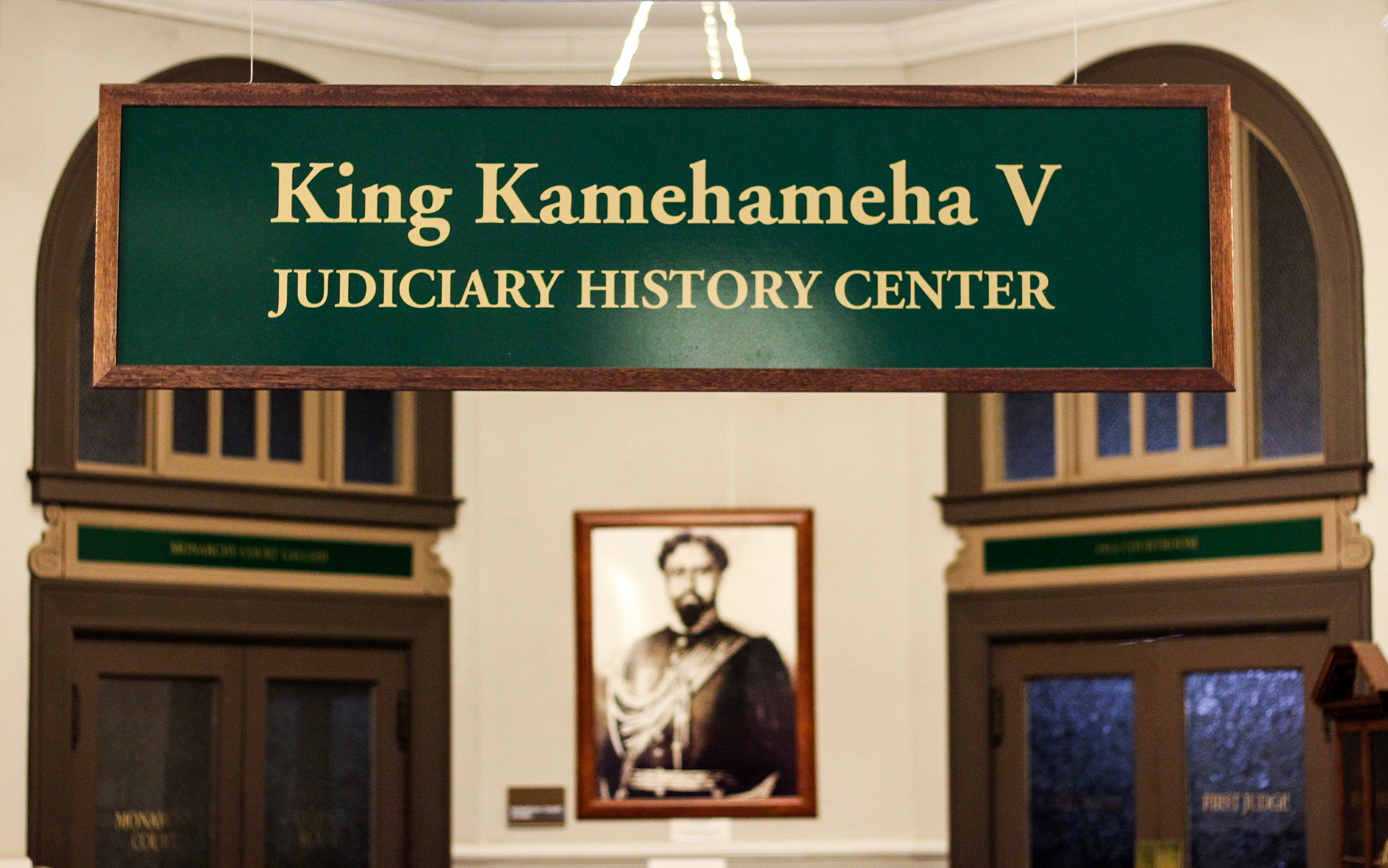
Journey through 1,000 years of judicial history from the traditional Kapu system of Hawaii to law and courts of today.
The Judiciary History Center’s museum is thought-provoking for all audiences. Visitors are welcome to explore the Center on a self-guided tour, Monday through Friday, from 8:00 am until 4:00 pm. Galleries and exhibits explore topics such as the Kapu system, foundations of democracy, land, labor, and economy, the overthrow of the Hawaiian Kingdom, and martial law during World War II.
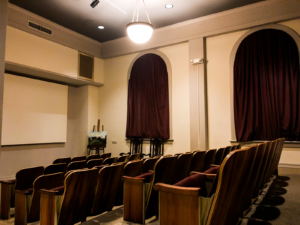
View a selection of the Center’s short films:
- “Law of the Land” traces changes in land tenure and property rights.
- “Kanawai” examines the privatization of water.
- “Oni v. Meek” tells the story of a dispute over land use rights.
- “When Fear Reigned” recounts experiences of people living in Hawaii under martial law during World War II.
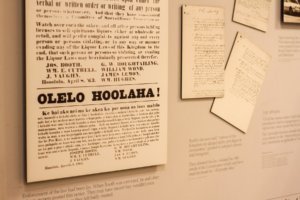
Learn about Hawaii’s transition from the traditional Kapu system to a modern judiciary, infusing Hawaiian ideals within western institutions. Models of downtown Honolulu, the original courthouse, a juror’s chair, and three justices armchairs illustrate daily life and courthouse operations in the 1850s.
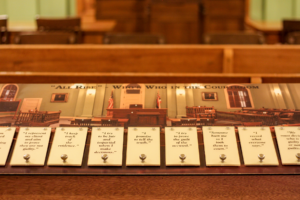
Test your knowledge of courtroom roles by taking the Who’s Who quiz in the 1913 Courtroom. Equipped with authentic furnishings from Hawaii’s territorial period, this stately courtroom is the venue for lectures, dramatizations, mock trials, and public programs. We encourage you to take pictures in the judge’s seat.
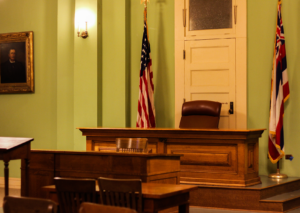

“Martial Law in Hawaii: 1941-1944” tells the story of life in Hawaii following the bombing of US Naval Base—Pearl Harbor. Discover how daily life changed drastically under three years of military rule.
Displays in the Makai Hallway share the history of Aliiolani Hale and its architecture, the Kamehameha statue, and the overthrow of the Hawaiian Kingdom in January 1893.
